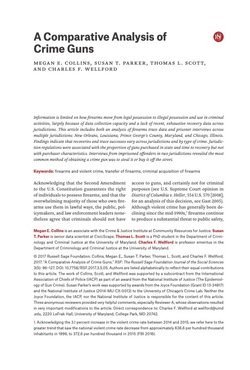By Alathari, Lina; Drysdale, Diana; Driscoll, Steven; Carlock, Arna L.; Cutler, Meagan; Besser, Jason
From the Executive Summary: "As law enforcement agencies, workplaces, and other community organizations implement behavioral threat assessment programs, the approach should be guided by the research findings contained in this report. When conducted properly, a behavioral threat assessment will involve promoting bystander reporting to identify warning signs of potential violence, systematically gathering information about the circumstances and behaviors of concern, assessing the possibility of violence as an outcome, and implementing preventive management strategies to make positive and safe outcomes more likely. The 173 attacks contained in this report impacted a variety of locations, 'including businesses/workplaces, schools, houses of worship, military bases, nonprofit service providers, residential complexes, public transportation, and open spaces'. In many cases, the attacker had a known affiliation with the site of the attack. The analysis is intended to provide critical information to a cross-sector of community organizations that have a role in preventing these types of tragedies."
Washington. US. United States. Secret Service. National Threat Assessment Center. 2023. 70p.





















